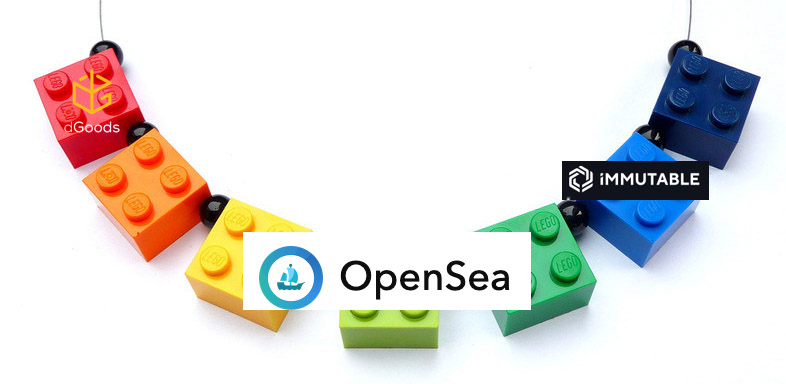
Game monetization discussions tend to focus on what to monetize broadly (gameplay or cosmetics) as well as how to price it. As someone might imagine, these are crucial and foundational discussions to have. So naturally, therefore, it makes sense to invest a lot of human capital into optimizing them. Increasingly, however, I’ve become convinced that just making lots of stuff trumps all other optimizations. Instead of being an afterthought, supply-side considerations deserve to be front and center.
(more…)

